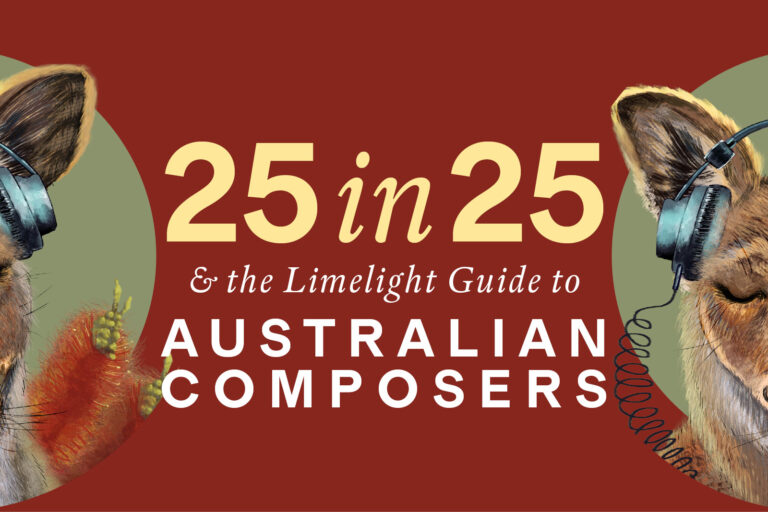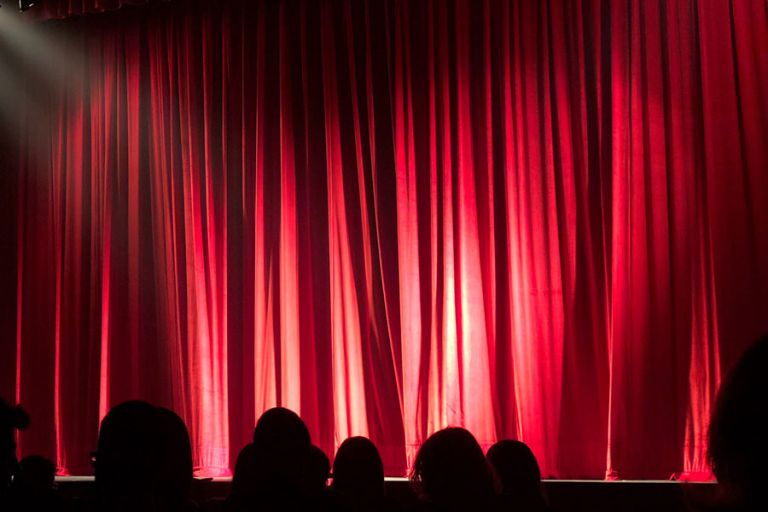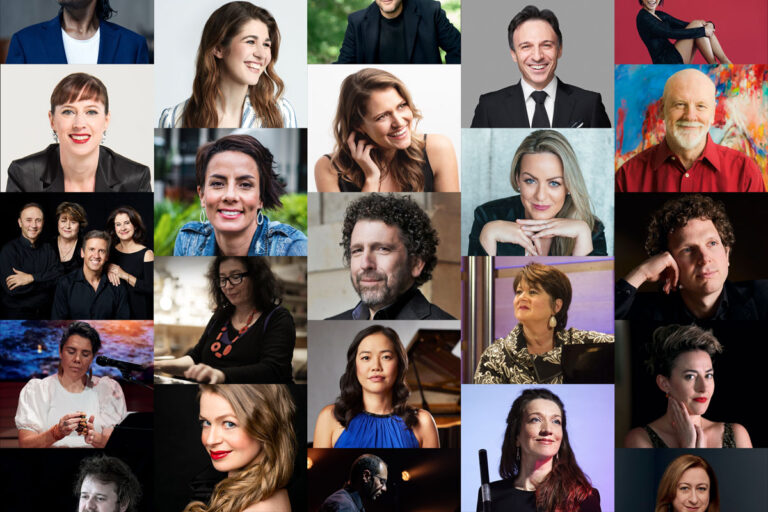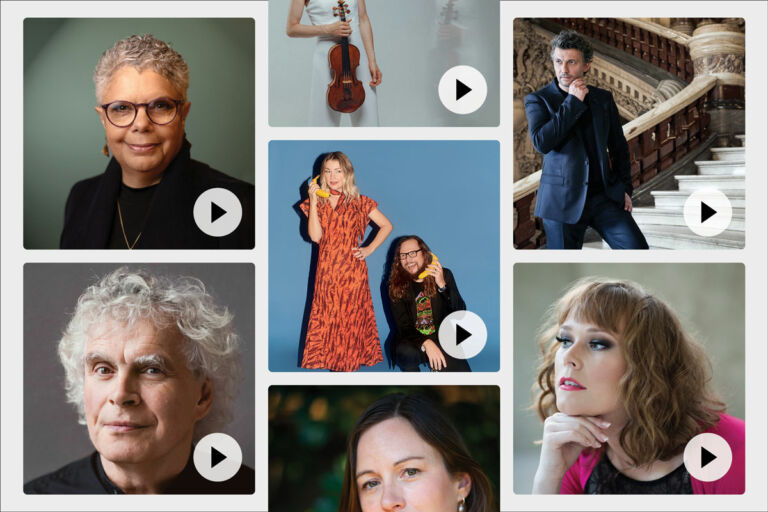In an era when unorthodox programming is the rule rather than the exception, pianist Alexander Gavrylyuk’s recital of canonical favourites comes as a warm hug at the end of a similarly warm spring day.
Opening the program, the Andante from JS Bach’s Italian Concerto has a meditative solemnity befitting the grandeur of the venue, Sydney’s Great Synagogue. Gavrylyuk is the very image of concentration at the keyboard, drawing the listener into his world.
Gavrylyuk’s colouristic, highly personalised and (to some tastes) slightly Romanticised reading of Mozart’s Piano Sonata K. 330 has a touch of the great Vladimir Horowitz, to whom Gavrylyuk has often been compared. The first movement delights with its meticulous attention to detail and crystalline passagework, the second is flowing and flexible, while the third brims with irrepressible energy.

Alexander Gavrylyuk. Photo supplied
The latter part of the program is given over to the Romantic repertoire, which is Gavrylyuk’s spiritual home.
Beginning a three-work Chopin set, Gavrylyuk performs the Fantasy Op. 49 with high drama. The opening funeral march exudes portentous gravitas, while the arpeggios leading into the faster main section have a preluding quality, as though the pianist were composing...
Continue reading
Get unlimited digital access from $4 per month
Already a subscriber?
Log in










Comments
Log in to start the conversation.